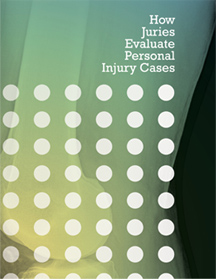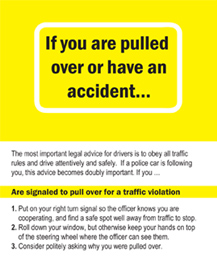Checklist of landlord/tenant responsibilities re: slip and fall cases
One specific subcategory of the broad class of “slip and fall” cases involves the landlord/tenant relationship. One issue that commonly arises in this type of case is determining who may be held responsible for injuries on the property. For example, if person is injured in a slip and fall accident on premises that have been leased or rented to a tenant, so that the landlord is no longer in control of the premises, the injured party be able to file a personal injury lawsuit against the tenant only, and not against the landlord, unless certain conditions are met.
A personal injury lawyer might use following checklist to help determine whether a slip and fall personal injury lawsuit can be filed against a tenant, the landlord, or both.
Checklist of Landlord/Tenant Responsibilities
1. Where did the slip and fall incident occur?
(a) common areas under control of landlord
(b) leased or rented areas subject to control of tenant
2. What is the allegation of negligence?
(a) a defect that occurred at the time of the leasing (landlord may be responsible)
(b) improper maintenance by the tenant (landlord may not be responsible)
(c) breach of some legal duty, regulation, etc. (landlord may be responsible)
3. What was the status of the injured person on the premises?
(a) tenant
(b) business invitee of tenant or landlord
(c) social guest of tenant or landlord
(d) municipal or government employee (mail carrier, police officer, fireman, electric or gas meter
reader, phone company employee, etc.)
(e) trespasser



